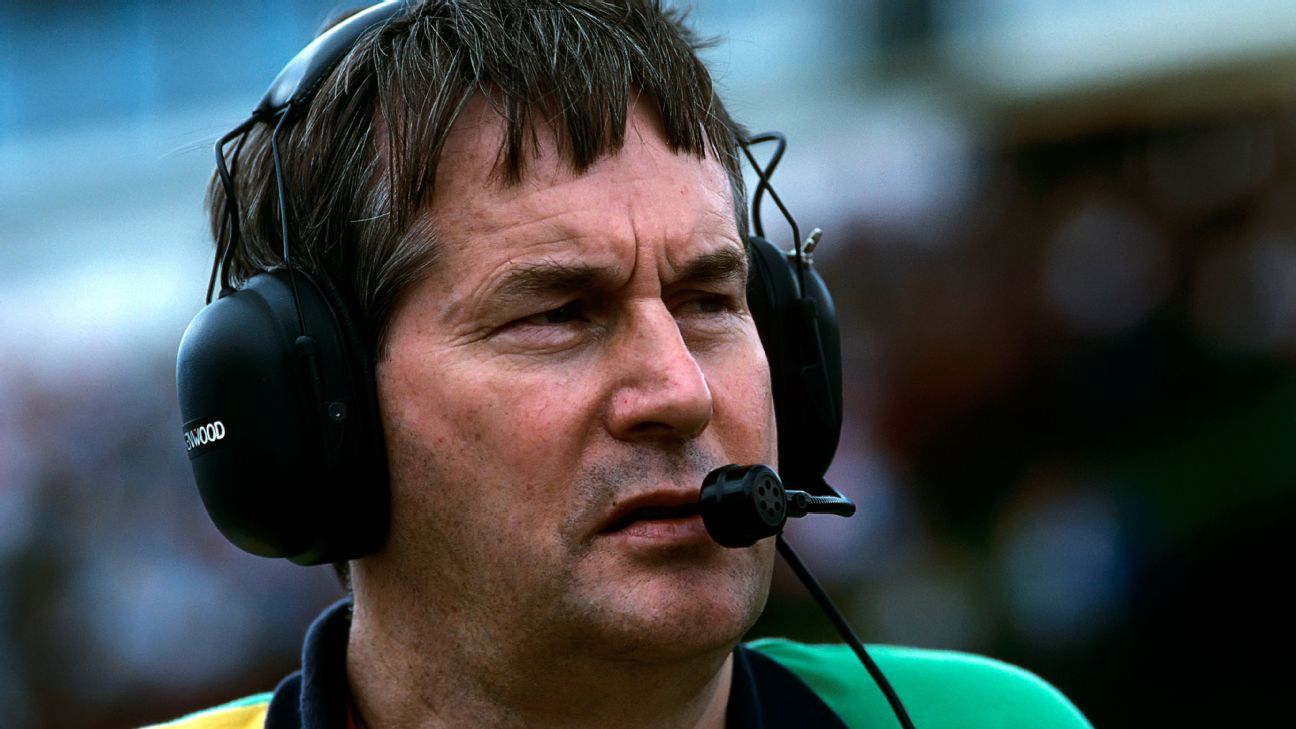Robin Herd, who passed away on Tuesday, was a quietly influential player in global motor sport for three decades, but he would have been the past person to tell you that.
Modest to a fault, a wistful smile would greet any mention of his significant work as designer of the early McLarens, a founding director of March and leader of the Oxfordshire company that went on to dominate Indycar in the late Eighties. Herd would shrug it off as readily as any reminder that he had achieved a double first in physics and engineering at Oxford.
A fascination with aerodynamics found an outlet at the Royal Aircraft Establishment at Farnborough where, by the age of 24, Herd had become a Senior Scientific Officer working, among other things, on CFD for Concorde.
A different and unexpected challenge came out of the blue when Bruce McLaren called and asked if Herd would design his first single-seater. That led to the all-conquering CanAm cars, Herd cleverly incorporating ground effect in the front of the McLaren M6A and trimming it out with a rear spoiler; concepts that were entirely new in motor racing.
By the time Bruce had won McLaren’s first Grand Prix with Herd’s M7A at Spa in 1968, Robin had left the company, only to reappear in F1 two years later in a far more risky venture with three others, including his mate from Uni, Max Mosley.
Together they formed March Engineering, Herd’s simple (because of virtually no budget) March 701 defying all predictions by taking two front row grid slots for the first Grand Prix in South Africa, Jackie Stewart’s Tyrrell-entered March then going on to win in Spain.
From a company that nearly went bust the following August, March (with Herd as the only remaining director) went public in 1987 and eventually rose to a Stock Exchange value of £35m; no surprise, since March (in association with the burgeoning talent of Adrian Newey) had supplied 30 of the 33 starters for the 1984 Indy 500, this coming in the midst of five successive victories at the IMS.
Herd made an unexpected return to F1 in 1988 with Akira Akagi’s Leyton House F1 team, a liaison that ended when Akagi brought March and Herd when off to do other things, indulging along the way in his passion for football as Chairman of Oxford United. In more recent years, before long-term illness began to intrude, Herd designed a ground-breaking ecologically beneficial energy and waste process; typical of his fertile and enquiring mind.
Robin Herd never spoke badly of anyone. The feeling will be mutual as his many motor sport associates around the world mourn the passing of one of the most charming and brilliant men it has been their pleasure to meet.
+++
Wally Willmott
Robin Herd always maintained that the group of 12 people forming Bruce McLaren Motor Racing in 1965 was ‘the most able, focused group I’ve ever met in motor racing.’ Among them was Wally Willmott, a Kiwi mechanic who had met Bruce when working for Cooper and had no hesitation in joining his fellow countryman to become a tireless and talented mainstay of Bruce’s team. It is with much sadness that we learned of Wally Willmott’s passing in New Zealand on June 7.
